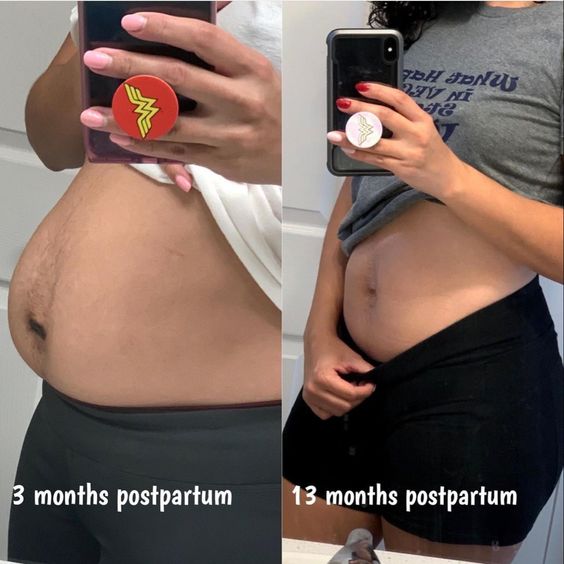
Your Complete Guide to Surviving (and Fixing!) Diastasis Recti
Hey mamas! I know, I know. You just had a baby a few months ago.. or perhaps several years ago.. and there is a huge bulging gap above or below your belly button. You’ve tried every diet and workout in the book, but nothing seems to make this go away. You are not alone.
You see, nothing can fix Diastasis Recti except for exercises created to heal and close the gap. When working out, you MUST be careful not to aggravate your condition because you CAN make it worse and make your gap even wider. I am happy to tell you that most minor to moderate cases-within reason-can be healed through exercise alone while most severe cases do require surgery.

Determining Diastasis Recti
Start by lying flat on your back and placing one hand behind your head at the base of your skull and placing the other hand on your stomach just above the belly button
Using the support of your arm, gently lift your head up, chin to chest, keeping your shoulders on the ground. Using the hand on your stomach, take your fingers and gently press down into the mid line of your stomach, 1-2 inches above or below your belly button. A gap of two fingers or more is classified as diastasis recti.
Here is a quick video on how to do a self check:
Anatomy of Diastasis Recti
To fully understand how to “undo” this separation, we must first understand a bit of anatomy. There are four main muscle groups that make up the abdominal region of our bodies.
- Transverse Abdominis: The deepest layer of the abdominal muscles. It stretches from hip to hip and almost resembles a corset. Commonly referred to as TA muscles, these are the main support for out pelvic floor and do most of the work supporting your growing baby while pregnant.
- Rectus Abdominis: Commonly known as the “six-pack” this muscle stretches from pubic bone to rib cage. This is the visible part of what comes to mind when we think of someone having “abs.” The function of this muscle is to support motion between the upper and lower body.
- External Oblique: This muscle is the most superficial of all the abdominal muscles meaning they are the easiest to see, because they are the outer most layer. These muscles run horizontally up and down our sides connecting from hip to rib cage. The external obliques help stabilize the spine and allow us to twist and bend our bodies.
- Internal Oblique: Located just behind the external obliques, these muscles also help stabilize the spine and support the opposite side of the body from where each muscle is located. For example, when we twist our body to the right, we are contracting the left internal oblique and vice versa.
As you can see the abdominal region of our bodies, is a complex network of muscles all working together to keep everything connected and in place. During pregnancy this network of muscles work together to expand and make room for your growing baby.
Your TA (transverse abdominis) and pelvic floor act as a sling for your growing baby, and by the time you deliver, the integrity of those muscles have been compromised.
Along with the expanding TA muscles, the rectus abdominis (six-pack) have now separated creating a gap down the middle line of your stomach. This is diastasis recti, and what is commonly known as the “mom pooch.”
Tips to Healing Diastasis Recti
First and foremost, I highly recommend a postpartum girdle. No, it is not a waist trainer, but it is a gentle binder that is amazing for not only Diastasis Recti, but also for C-section mamas. This is the one that I used and what I recommend to new mamas whether you have Diastasis Recti or not. It helps with uterine swelling after birth and generally made me feel better, but for DR mamas, it helps you feel more snug so that you dont feel as if your tummy is “falling apart.” It also adds a ton of support with everyday activities AND while working out so that your abdominal muscles wont separate more. So go ahead and grab one!

Secondly, let’s go right to the workouts! I do offer a 12 week Diastasis Recti home workout guide that requires no gym and is super effective. My diastasis recti workout program is broken down into 3 phases as your gap heals and the program is yours to keep forever! It also features a free support group so that you can chat with other ladies on the plan and stay motivated in knowing that you are not alone.

If you would like a sneak peek of the moves, here are some videos from my YouTube channel (dont forget to subscribe)!
There you have it! The best two things you can do to help with Diastasis Recti is to prevent it from getting worse with added support and complete a rehab program to heal your gap with exercises meant to strengthen your TVA. I hope this helps you all. With time and patience, it will get better!
Your trainer and friend,




